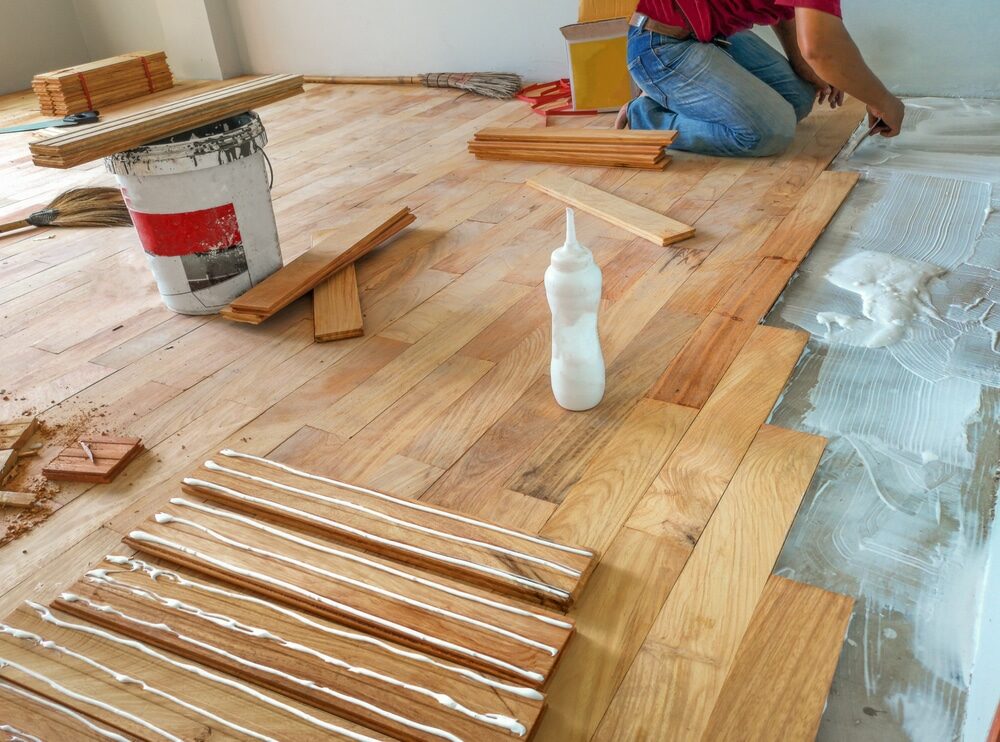London:
Nationwide:
Helpful Tips For Wood Floor Sanding to get Impeccable Results
Posted on April 30, 2023
Blog
Top 10 Expert Tips for Sanding a Wood Floor: A Step-by-Step Guide to Flawless Results
Sanding a wood floor is a crucial step in restoring and maintaining the beauty of hardwood floors. The process can be labour-intensive and somewhat intimidating for those attempting it for the first time. However, with the right tools, techniques, and patience, you can successfully sand your wood floor and achieve professional results. In this 3000-word blog post, we will discuss helpful tips for sanding a wood floor, including preparation, choosing the right equipment, and finishing touches.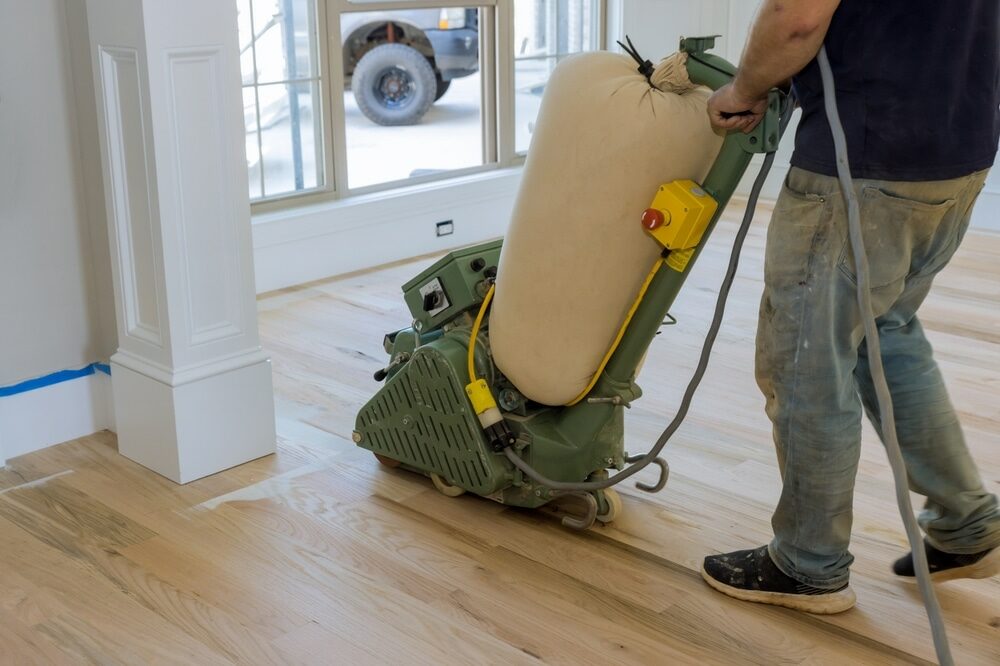
-
Assess the condition of your wood floor.
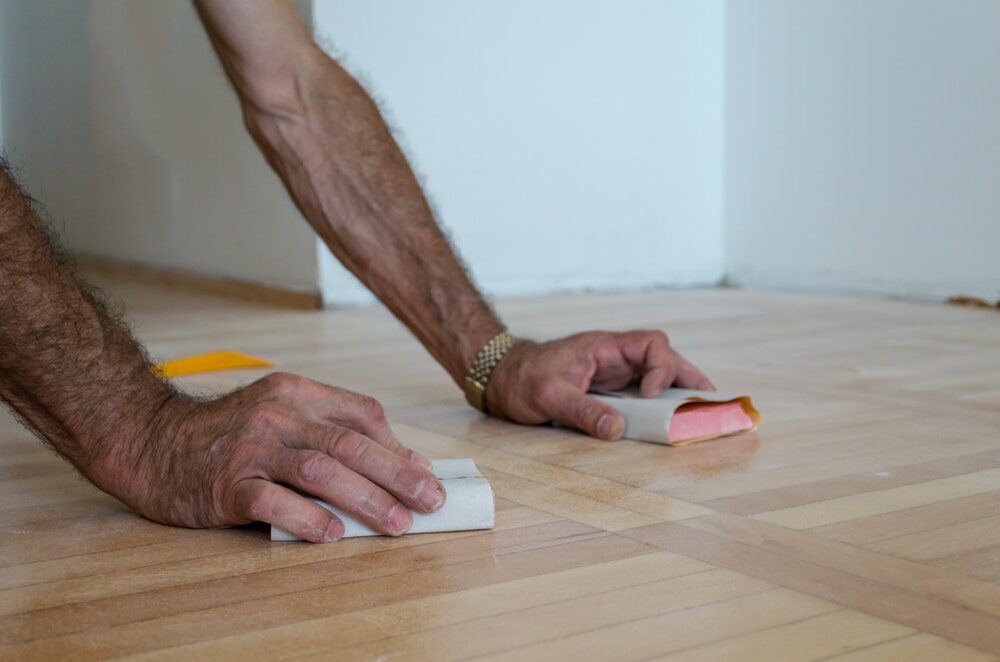
-
Gather the necessary tools and materials.
- A drum sander or an orbital sander
- A handheld edge sander or a random orbit sander
- Sandpaper in various grits (typically 36, 60, 80, 100, or 120)
- A vacuum cleaner or shop vac for dust removal
- A scraper or putty knife for removing old finish or adhesive
- Safety equipment, such as goggles, ear protection, and a dust mask
- Plastic sheeting or drop cloths for protecting surrounding areas
- Painter’s tape for securing the plastic sheeting
- A broom or brush for cleaning the floor between sanding stages
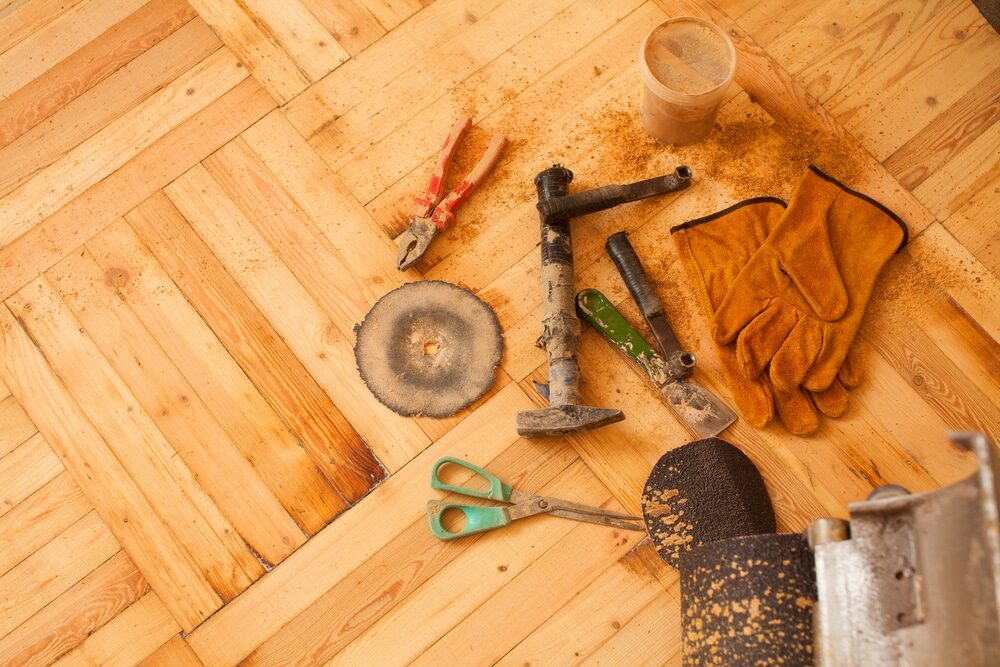
-
Prepare the room.
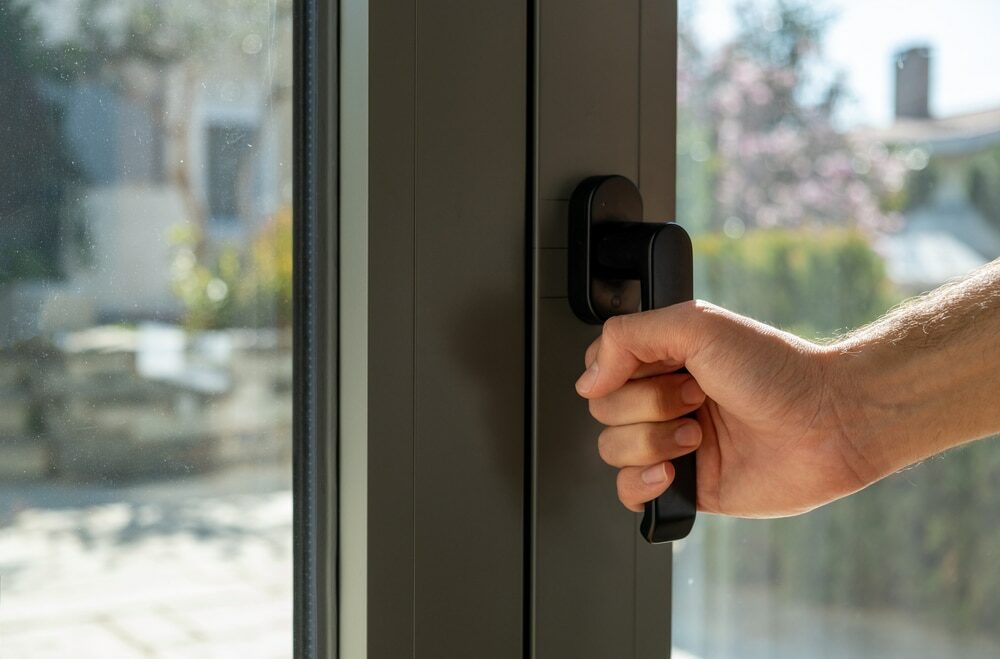
-
Choose the right sander.
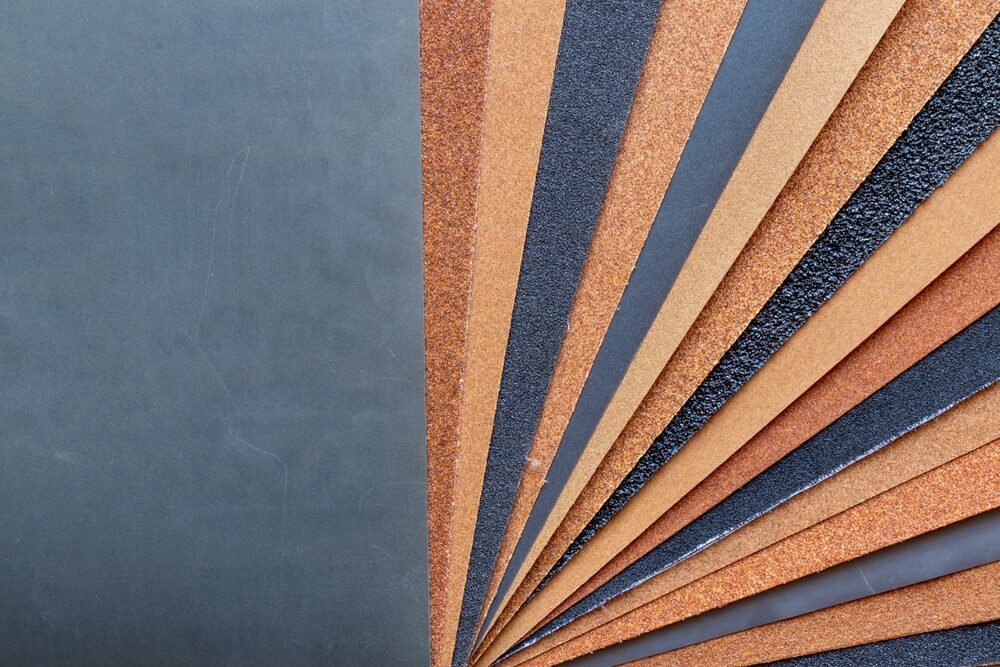
-
Start with coarse-grit sandpaper.
-
Address the edges and corners.
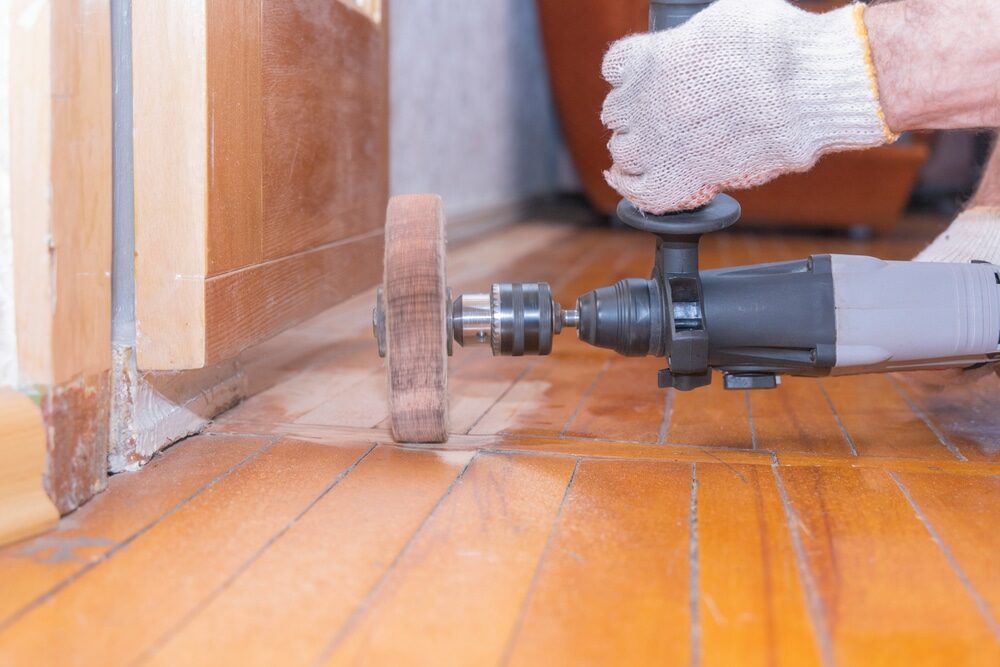
-
Progress through finer grits of sandpaper
-
Final clean-up
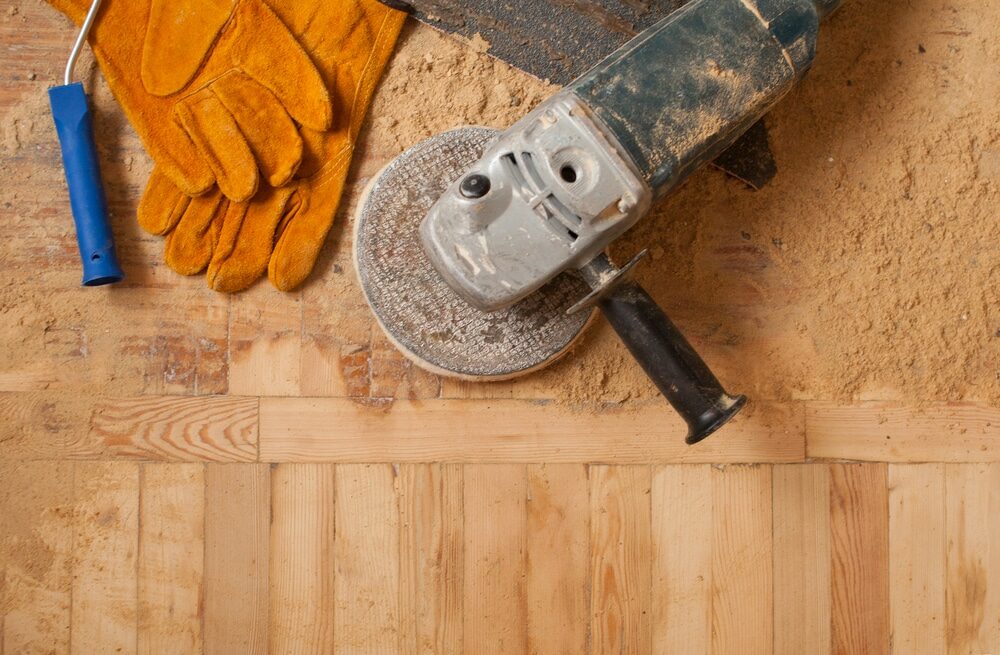
-
Inspect the floor for any missed spots.
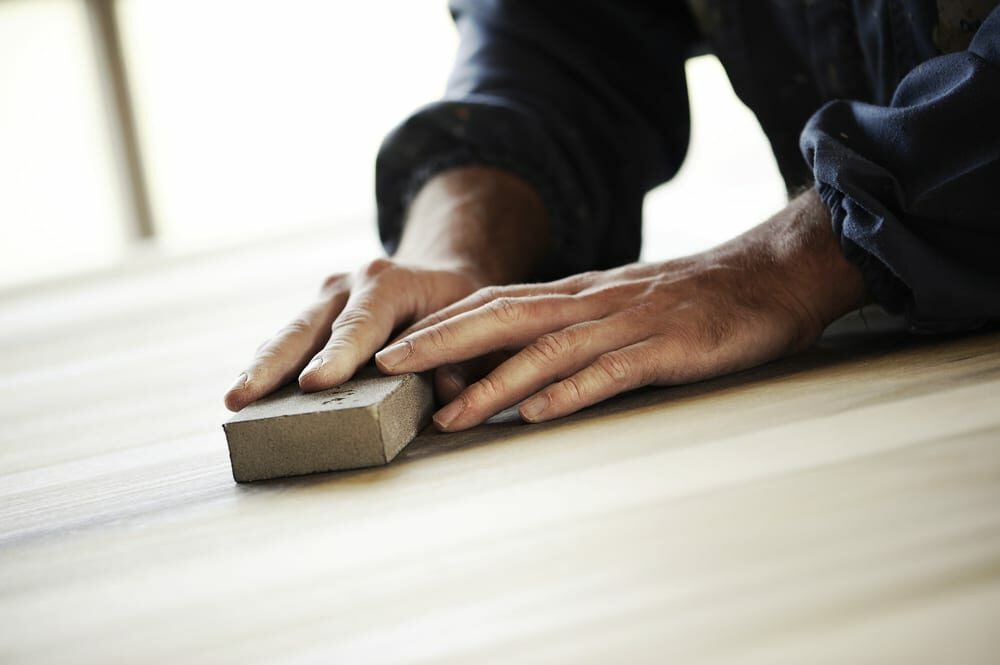
-
Apply a finish or stain (optional).
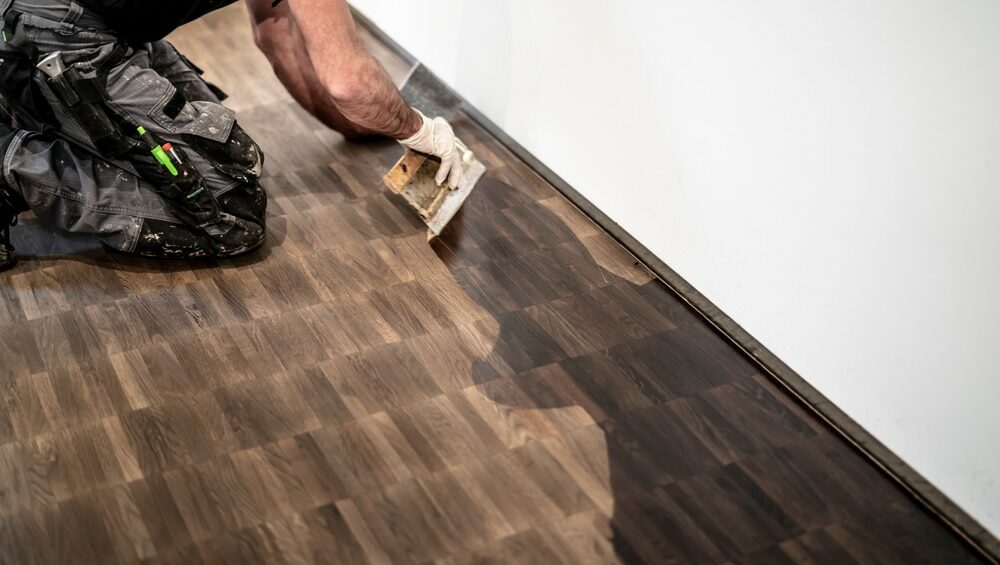
Some Useful Links:
Conclusion Sanding a wood floor can be a labour-intensive and challenging project, but with proper preparation, the right tools, and a bit of patience, you can achieve professional-looking results. By following these helpful tips, you’ll be well on your way to restoring the beauty of your hardwood floors and ensuring they last for years to come.More from our Blog:
The Ultimate Guide to Sanding and Restoring Parquet Floors Top 12 Rules to Find the Perfect Wood Floor Sanding Company Top Wooden Floor Restoration Techniques | Revitalize Your Floors Hardwood Floor Revival: Sanding & Finishing Guide
Sanding
We provide virtually dust-free sanding with our continuous belt machinery with mobile extraction units, giving you a safer environment for your family.
Oiling
This organic finish not only adds beauty to your home but also has exceptional water-repellent characteristics, making it easier to clean and maintain.
Waxing
This natural floor finish offers the softest and most mellow appearance – and leaves your floor able to breath.
Buffing
Using soft buffing machines (and hand-polishing where required) will bring a wonderful sheen to your newly-finished floor.
Repairs
We offer a full assessment of your wooden floors to determine what repairs are needed to provide the perfect working surface for the later stages of sanding, staining and sealing.
Restoration
We offer a comprehensive restoration process designed to address floors that are improperly fitted or damaged over time through wear and tear.
Request a fixed price quote for your wood floor restoration now
Simply enter your postcode below to get started.
Services
Wood Floor Sanding Wood Floor Restoration Wood Floor Scratch Repair Squeaky Wood Floor Repair Parquet Floor Sanding Parquet Floor Restoration Commercial Floor Sanding School Floor Sanding Gap FillingCopyright © Mr Sander®
Privacy & Cookies Terms & Conditions Complaints Procedure Cancellation Rights Sitemap
